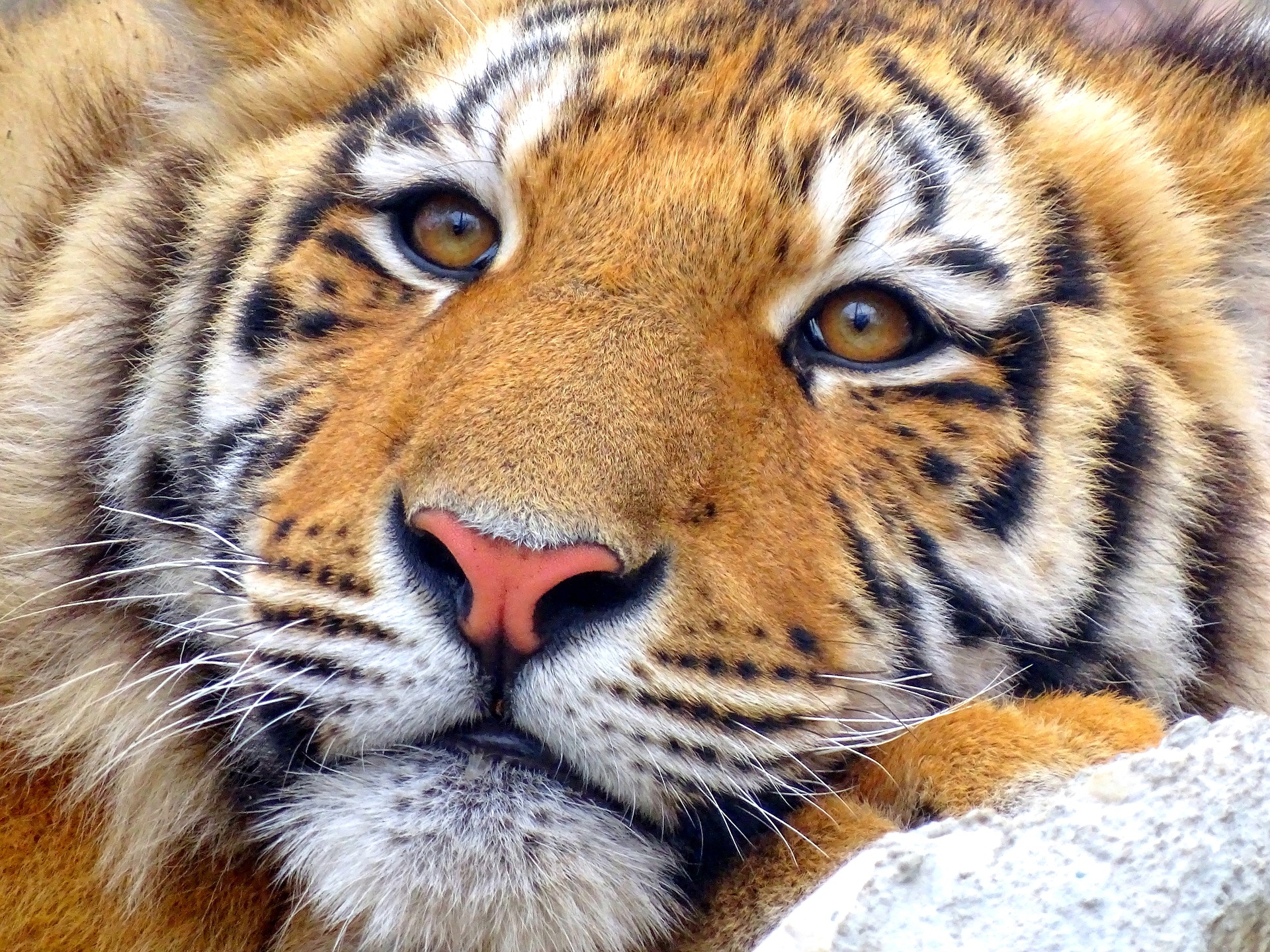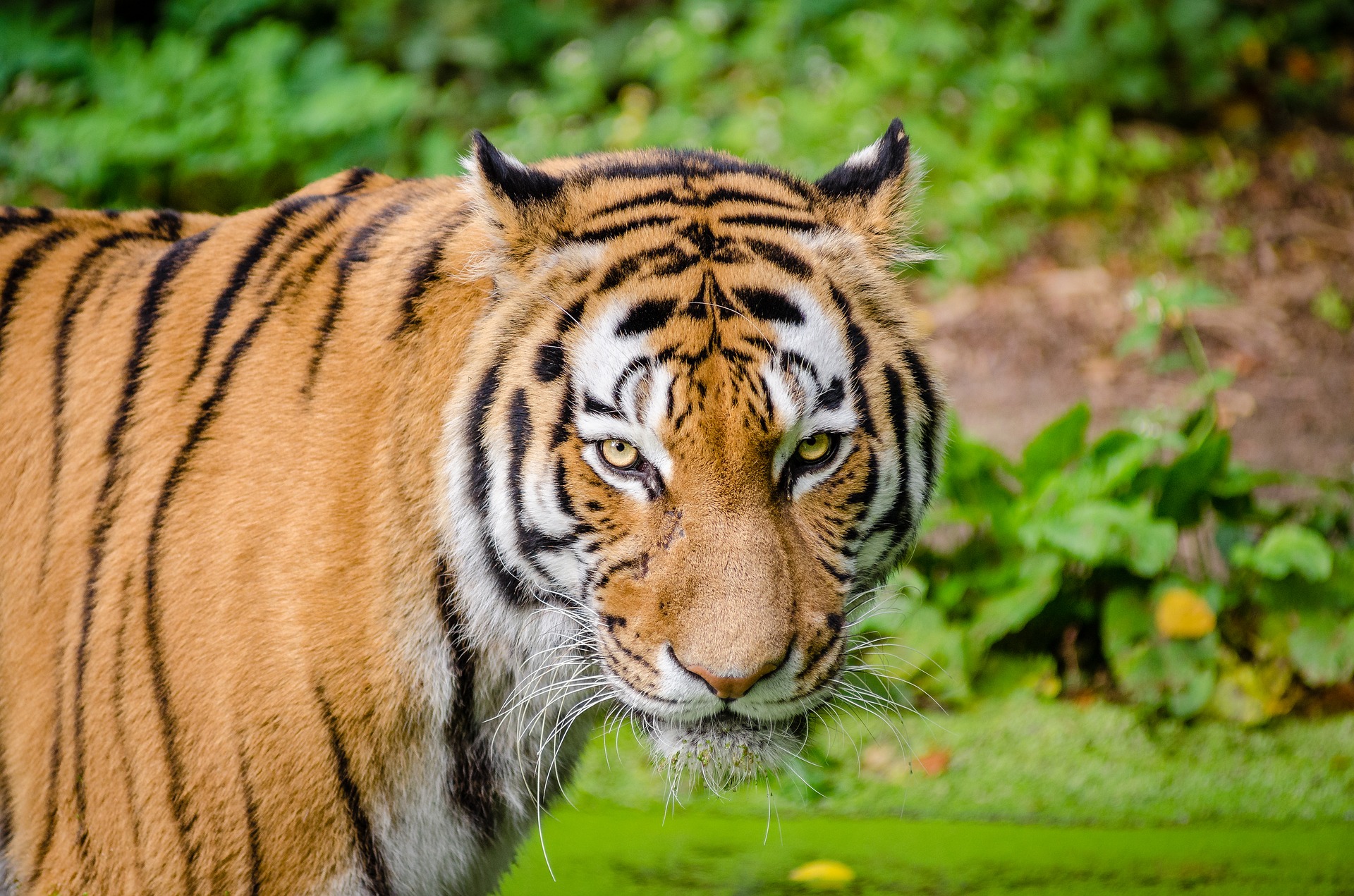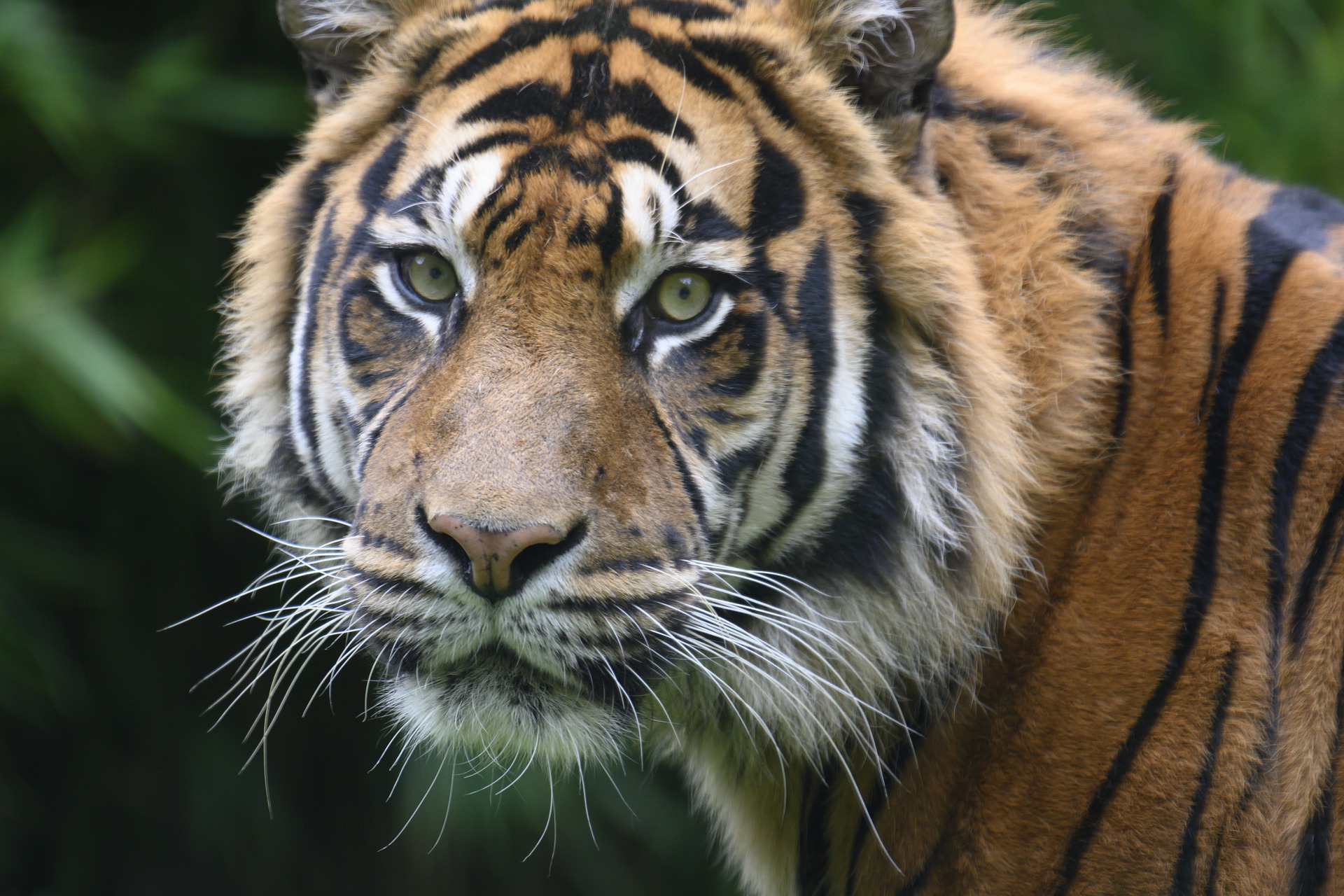Most would think that by having the title of “King of the Jungle”, the lion stands tall above all the other big cats. However, there is one other contender much larger in size and perhaps more ferocious, the tiger. Tigers are the biggest of the extant cats. They have quite the presence hence the reason many cultures associate bravery and strength with the tiger. Despite the reverence around these feline beasts, there are not many left for they have been hunted over the years for their pelt, meat and organs that are used for folklore and prestige. Nonetheless, tigers are interesting animals and here are some of the reasons why.
Classification

Tigers are taxonomically classified as Panthera tigris and belong to the cat family, Felidae. There are currently six living subspecies of tigers;
- the Bengal tiger (Panthera tigris tigris),
- the Amur tiger (Panthera tigris atlaica),
- the South China tiger (Panthera tigris amoyensis),
- the Sumatran tiger (Panthera tigris sumatrae)
- the Indochinese tiger (Panthera tigris corbetti) and;
- the Malayan tiger (Panthera tigris Jackson).
Not too long ago there were three other subspecies of tigers namely; the Javan tiger though believed to have disappeared in the 1970s, the Caspian tiger that became extinct in the 1950s and the Bali tiger that also became extinct in the 1930s.
Interestingly, there is also the opinion, as argued in a 2015 study in the Journal of Science Advances, that there are only two major subspecies of tigers; the Continental tiger (Panthera tigris tigris) and the Sunda (Panthera tigris sondaica).
Anatomy
Tigers, as previously mentioned, are the biggest of all the wild cats. Of all the subspecies, the Amur tiger is the largest and can measure up to 4 meters or 13 feet in total length and weigh up to 300 kilograms/660 pounds! The Bengal tiger, the most common and populous of the species is slightly smaller, with males who are larger than females growing up to 2.2 meters and weighing up to 250-300 kilograms.
The tiger’s characteristic orange fur with brown or black stripes is easily recognizable. One interesting fact about tigers’ fur is that it differs between subspecies. For example; the Indochinese and Sumatran tigers share a bright reddish coat with beautiful dark near black vertical stripes and have a whitish colour on their underbellies, inner side of the limbs, cheeks and a large spot over the eyes. The Siberian tiger has longer, softer and paler fur when compared to the previously mentioned subspecies. The other interesting fact about a tiger’s stripes is that each individual tiger has their pattern of stripes. No tigers share markings, and this can be compared to human fingerprints that are distinct for each individual. A tigers’ stripes main function is to act as camouflage. The earth tones of the undercoat blend with the colour of the trees and grass and the black stripes are said to break the appearance of solid form in the eyes of prey.

Unlike lions, tigers have no manes, but with age, the fur on the chin of the males grows longer and appears to mimic a mane. Tigers have interesting markings on the back of their ears that are called ocelli. These are said to act as fake eyes to ward off other animals and give the illusion that the tiger is always watching.
Tiger cubs are born quite fragile and can weigh up to 1 kilogram. The litter size is normally 2 to 4 cubs, but there are instances where they may be even seven at a time. By eight weeks, the cubs are able to learn how to hunt and can accompany their mother. Sadly, not many of the cubs survive until the age of two because the mother may find it difficult to care for them all. Those that survive till then are now able to fend for themselves. The lifespan of tigers in the wild is typically 10-15 years of age.
Habitats
Tigers can be found in a range of habitats as the different sub-species suggest. Some of the places tigers can be found include; grasslands, Savannah, rainforests and even mangrove swamps. Geographically, wild tigers can be found in Asia. The Siberian tiger can be found in the northern and much colder areas of eastern Russia and north-eastern China. The smaller subspecies can be found in countries such as Indonesia, Laos, Cambodia, Vietnam, Bangladesh, Nepal, Bhutan, Myanmar and India.
Way of life

Unlike its closest competitor that live in prides; tigers are largely solitary animals. Like lions and their territories, tigers have home ranges in which they roam mostly individually, except maybe mothers and their cubs. Tigers mark their home ranges with urine and faeces over a period of days or weeks as a sign to other tigers that this is their turf. Tigers also mark their territory using vocalization, claw marking trees, scrapings on the ground and scent by rubbing their facial glands on surfaces. The size of the home ranges depends on the availability of food; nature of the terrain, presence of other tigers and the individual characteristics of the tiger.
Diet
Tigers are apex predators. This means that their diet consists almost exclusively of meat. Tigers usually hunt at night, and their prey consists of a variety of animals but mostly deer and wild pigs. There are even instances of tigers attacking larger prey such as elephant and adult water buffalo. Tigers near human settlements might develop a liking for livestock such as cows, goats and even poultry. Due to this, tigers play an important role in their ecosystem as a means of balance.
Interesting facts
- The skin of the tiger is also stripped underneath their patterned fur. The darkness of the pigmentation of the skin seems to be directly related to the darkness of the fur as well.
- Tigers are pretty good swimmers.
- Despite their large size, tigers are quite fast and can reach speeds of up to 65kmph.
- It is believed that tigers might have been around at least 2 million years ago. There has been fossil evidence found in parts of China to suggest this.
- A tiger’s roar is said to be so loud that it can be heard from as far as three kilometres away.
- There are rare white and black tigers, which are variations of the Bengal tiger. The white tiger has pale grey stripes on white fur, and the black tiger has dark fur with even darker stripes.
Tigers are truly magnificent creatures. However, due to human-wildlife conflict, poaching and destruction of their habitats, there has been a decline in tiger population over the decades. It is paramount for human civilization to protect these beautiful beasts.


































